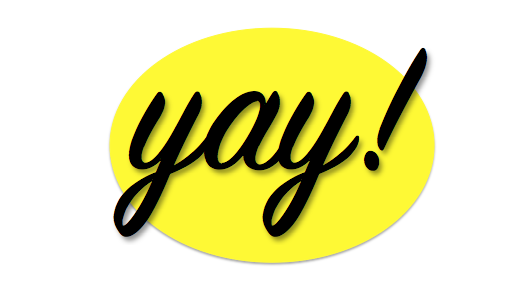"Ella walked up to me and said, 'Oh, I didn't know you were invited to this meeting.' I was so pissed off! Who does she think she is?! I'm just as valuable as she is at this meeting! Can you believe the nerve?!"
My client Keith was angry. Really angry. We talked about what it was that made him feel such rage at his colleague's statement. Keith was furious that Ella didn't think he added value to the meeting. I told Keith that he was choosing to give this statement attention and that it wasn't going to benefit him. The more he focused on Ella's implication, and let it stew and bubble, the more his performance would suffer and this personal attack would come true. Then I told him that a statement has no emotional meaning until we apply one. The story we apply can either comfort us or piss us off.
We assess body language and tone of voice to define the emotion (or meaning) of what is being said. If Ella said her statement in a cocky, patronizing tone of voice with her hands folded across her chest, we'd be furious like Keith was. If she said it sweetly, we might think she was excited Keith was there. In other words, we choose the emotional meaning based on signals from our sub-conscious. So if we tap into our sub-conscious and make this recognition of signals a conscious effort, we can choose a meaning regardless of tone or body posture. For real.
Seriously, if I can do it, anyone can.
How the heck can I choose to free myself from this burden of unnecessary discomfort?
Here's the formula for Not Taking It Personally:
Step #1. Recognize when we're taking it personally
Step #2. Define the meaning we are applying
Step #3. Factualize it
Step #4. Move forward
Truly the most freeing choice we can make is to not take it personally. It's making the shift from negative thought to neutral thought. This is by far one of the hardest things for humans to accomplish on a regular basis. But it's a choice and, once we realize this, we can choose a happier path.
Taking things personally is either:
1.Accepting someone's accusation as our truth
2.Creating a story where it's possible none exists
When I ask an audience how many times they've done either 1 or 2, all hands go up. We've all done this, which means we have all given away our power. And when we give way our power, we end up suffering. We experience the pain of helplessness, insecurity and lack of confidence.
There is zero benefit to taking it personally, whereas Not Taking It Personally is freeing, empowering and energizing. Like all effective methodologies, it takes root when we practice it repeatedly.
The hardest step in Not Taking It Personally is Step #1. Recognize when we're taking it personally. The goal is to develop self-awareness of something we've accepted as the norm for many years. It starts with real-time awareness of how our bodies react to someone. Did my heart race when he said that or did I clench my fists when I read that email or why do I always grit my teeth around her? Each body reacts uniquely. It's important to know what our individual body does as this is our personal map guiding us to decipher what's happening around us. And when we can consistently recognize a body reaction, we can then teach ourselves to Pause. Until then, we are trigger responsive and that usually results in counter-productive feelings and behavior.
Paying attention to what our bodies are doing is a direct short cut to awareness of what our mind is thinking. Our body says, "Attack in progress!" and our mind instinctively agrees. So now we "know" we've been attacked personally. But have we? And that's where the Pause is a gift to ourselves, allowing us a moment to consider how we want to respond. In this pause, we breathe into deciding what would best benefit us. This leads us directly into neutralizing the emotion, which enables us to ease into facts and calm.
Let's review Keith's experience if he were to implement the 4 steps of the Not Taking It Personally formula:
Step #1. Recognize when we're taking it personally
Of course I'm invited! Does she think I'm not bringing value here! What a jerk... WAIT! My jaw is clenched and I'm making fists. I'm taking this statement personally!
Step #2. Define the meaning we are applying
I'm interpreting that statement as an accusation that I bring no value to this project.
Step #3. Factualize it (facts neutralizes emotion)
I was invited because I do bring value. I have nothing to feel uncomfortable about. Her snarkiness is about her own insecurity; it has nothing to do with me.
Step #4. Move forward (the neutral response)
"I was invited. It's an exciting project."
Doesn't that feel scrumptious? Keith is free to focus on doing his good work. And what if Ella really did mean to put him down? Now she's left holding her snarkiness while Keith walks off calmly and confidently. He didn't shame her or yell at her or even call her on her accusation. He stayed with his truth and that disarmed her power and shifted it back to him. Delish.
When we choose to Not Take It Personally, we have the power to assign any meaning we want, including one that isn't personal. It is a choice we make everyday - to take it personally or not to. To give away our power or to own our power.
We may still get annoyed, angry, or frustrated because someone behaved inappropriately, but we have freed ourselves from unnecessary drama and enabled ourselves to focus on what's important.
Can you describe a time you took it personally and wish you hadn't?
Do you have a situation you want help with?
Comment below and I'll respond between 12-1 each business day.

